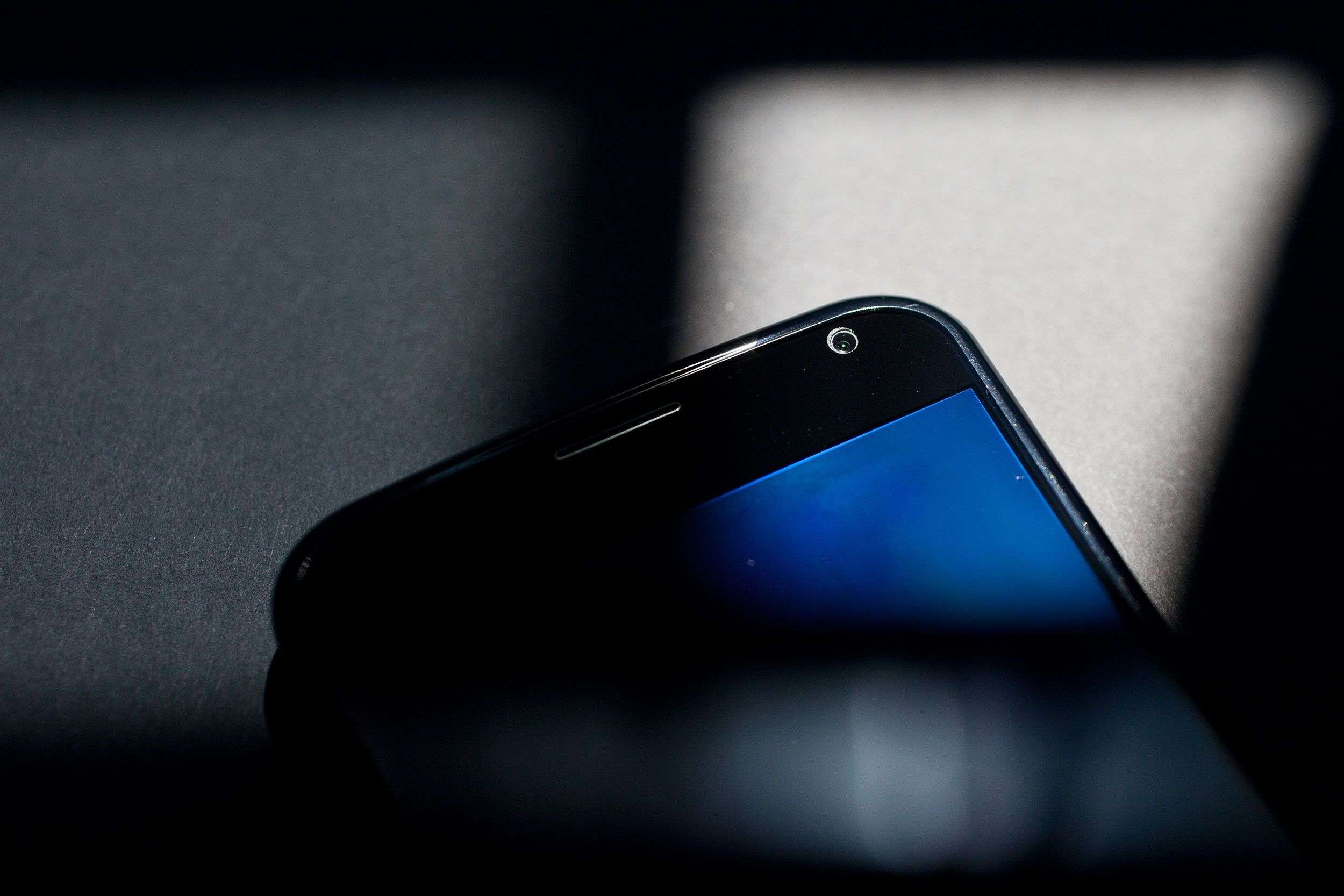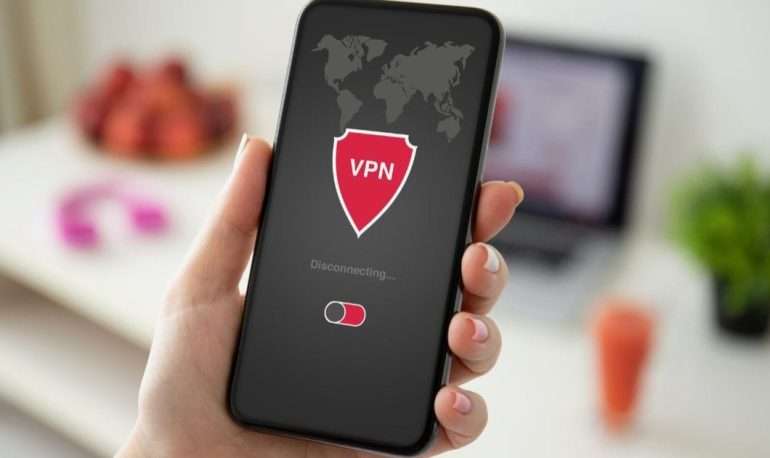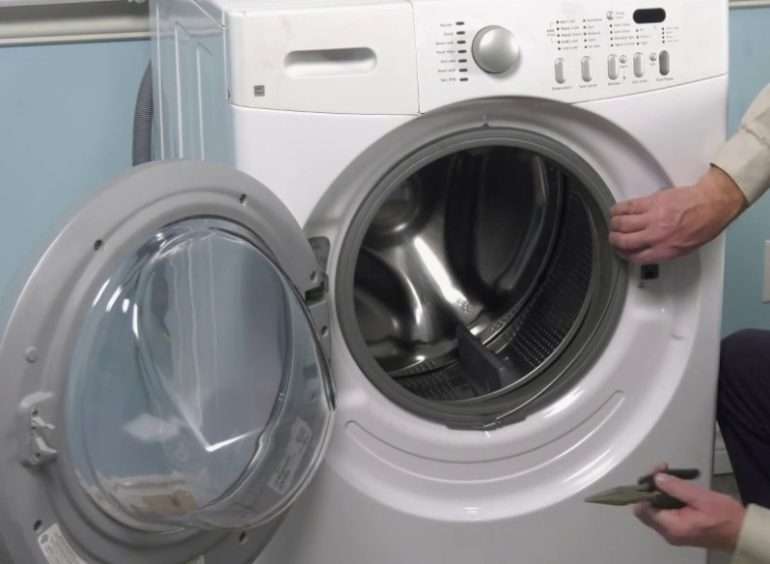The sinking feeling of purchasing a used phone, only to discover it might be stolen, is a modern nightmare. Navigating the murky waters of the secondary phone market can be treacherous, filled with uncertainty and the potential for legal repercussions. Fortunately, there’s a new tool aiming to provide greater peace of mind. The CTIA, a wireless communications industry association, has launched the Stolen Phone Checker, designed to help buyers verify a phone’s status before making a purchase. This innovative tool promises to streamline the process and reduce the incidence of unknowingly buying a stolen phone.
The CTIA’s Stolen Phone Checker works by cross-referencing a phone’s IMEI (International Mobile Equipment Identity) or serial number against a database of reported stolen devices. This database is populated by mobile carriers and other sources, providing a comprehensive overview of potentially compromised phones. Using the checker is generally straightforward; users input the IMEI or serial number, and the system returns a result indicating whether the phone has been reported as stolen. This simple process can save buyers significant headaches down the road.
Locating the IMEI or serial number is crucial for using the Stolen Phone Checker effectively. Here are a few common methods:
- Dial *#06# on the phone: This universal code typically displays the IMEI on the screen.
- Check the phone’s settings: Navigate to the “About Phone” section in your phone’s settings menu. The IMEI and serial number are usually listed there.
- Examine the phone’s packaging: The original box often contains a sticker with the IMEI and serial number printed on it.
- Check the SIM tray: Some phones have the IMEI printed directly on the SIM tray.
While the Stolen Phone Checker offers a valuable service, it’s essential to understand its limitations. The accuracy of the checker relies on the completeness of the database. If a phone was stolen but not reported to a carrier or other participating source, it might not appear as stolen in the system. Furthermore, the checker only verifies whether a phone has been reported as stolen; it doesn’t guarantee the phone’s overall condition or legality. Remember that additional checks, such as verifying the seller’s identity and inspecting the phone in person, are still recommended. Therefore, it is important to take extra care when buying a used phone.
Besides the CTIA’s tool, several other online resources and services can help you verify a phone’s history. These may include IMEI check websites that provide additional information about the phone, such as its origin and warranty status. When purchasing a used phone, always meet the seller in a public place, inspect the phone thoroughly, and ask for proof of ownership. Trust your instincts; if something seems too good to be true, it probably is. Here is a comparative table:
| Feature | CTIA Stolen Phone Checker | IMEI Check Websites |
|---|---|---|
| Primary Function | Check if reported stolen | Detailed phone information |
| Data Source | Mobile carriers, etc. | Various sources |
| Cost | Usually Free | May require payment |
Ultimately, purchasing a used phone involves inherent risks. However, by utilizing resources like the CTIA’s Stolen Phone Checker and taking necessary precautions, you can significantly reduce the likelihood of buying a problematic device and enjoy the benefits of a pre-owned phone with confidence.
The sinking feeling of purchasing a used phone, only to discover it might be stolen, is a modern nightmare. Navigating the murky waters of the secondary phone market can be treacherous, filled with uncertainty and the potential for legal repercussions. Fortunately, there’s a new tool aiming to provide greater peace of mind. The CTIA, a wireless communications industry association, has launched the Stolen Phone Checker, designed to help buyers verify a phone’s status before making a purchase. This innovative tool promises to streamline the process and reduce the incidence of unknowingly buying a stolen phone.
Understanding the Stolen Phone Checker
The CTIA’s Stolen Phone Checker works by cross-referencing a phone’s IMEI (International Mobile Equipment Identity) or serial number against a database of reported stolen devices. This database is populated by mobile carriers and other sources, providing a comprehensive overview of potentially compromised phones. Using the checker is generally straightforward; users input the IMEI or serial number, and the system returns a result indicating whether the phone has been reported as stolen. This simple process can save buyers significant headaches down the road.
How to Find the IMEI or Serial Number
Locating the IMEI or serial number is crucial for using the Stolen Phone Checker effectively. Here are a few common methods:
- Dial *#06# on the phone: This universal code typically displays the IMEI on the screen.
- Check the phone’s settings: Navigate to the “About Phone” section in your phone’s settings menu. The IMEI and serial number are usually listed there.
- Examine the phone’s packaging: The original box often contains a sticker with the IMEI and serial number printed on it.
- Check the SIM tray: Some phones have the IMEI printed directly on the SIM tray.
Benefits and Limitations
While the Stolen Phone Checker offers a valuable service, it’s essential to understand its limitations. The accuracy of the checker relies on the completeness of the database. If a phone was stolen but not reported to a carrier or other participating source, it might not appear as stolen in the system. Furthermore, the checker only verifies whether a phone has been reported as stolen; it doesn’t guarantee the phone’s overall condition or legality. Remember that additional checks, such as verifying the seller’s identity and inspecting the phone in person, are still recommended. Therefore, it is important to take extra care when buying a used phone.
Alternative Tools and Precautions
Besides the CTIA’s tool, several other online resources and services can help you verify a phone’s history. These may include IMEI check websites that provide additional information about the phone, such as its origin and warranty status. When purchasing a used phone, always meet the seller in a public place, inspect the phone thoroughly, and ask for proof of ownership. Trust your instincts; if something seems too good to be true, it probably is. Here is a comparative table:
| Feature | CTIA Stolen Phone Checker | IMEI Check Websites |
|---|---|---|
| Primary Function | Check if reported stolen | Detailed phone information |
| Data Source | Mobile carriers, etc. | Various sources |
| Cost | Usually Free | May require payment |
Ultimately, purchasing a used phone involves inherent risks. However, by utilizing resources like the CTIA’s Stolen Phone Checker and taking necessary precautions, you can significantly reduce the likelihood of buying a problematic device and enjoy the benefits of a pre-owned phone with confidence.
The Future of Phone Security and Verification
The introduction of the Stolen Phone Checker represents a step forward in addressing the issue of phone theft and resale of stolen devices. As technology evolves, so too will the methods used to combat these illicit activities. Future iterations of the checker might incorporate more sophisticated data analysis, potentially integrating information from law enforcement databases and international sources. This could lead to a more comprehensive and accurate system for identifying stolen phones. Furthermore, blockchain technology is being explored as a potential solution for creating a tamper-proof record of phone ownership, further deterring theft and facilitating the recovery of lost or stolen devices.
Industry Collaboration and Consumer Education
The effectiveness of any anti-theft measure relies heavily on collaboration within the wireless industry and consumer awareness. Mobile carriers, manufacturers, and law enforcement agencies need to work together to share information and develop standardized reporting procedures. Consumers also play a vital role by reporting stolen phones promptly and exercising caution when buying used devices. Educational campaigns can help raise awareness about the risks associated with buying from unverified sources and promote the use of available tools like the CTIA’s checker. By fostering a collaborative environment and empowering consumers with knowledge, the industry can collectively reduce the market for stolen phones and protect individuals from financial loss and legal complications.
Looking ahead, continuous improvement and adaptation are crucial. The methods used by thieves are constantly evolving, requiring ongoing innovation in security measures and verification technologies. Regular updates to the Stolen Phone Checker database and the development of new features will be essential for maintaining its effectiveness; As the digital landscape changes, staying one step ahead of criminal activity will require a proactive and collaborative approach from all stakeholders. The CTIA’s tool is a valuable asset, but its true potential will only be realized through sustained effort and commitment to combating phone theft.





